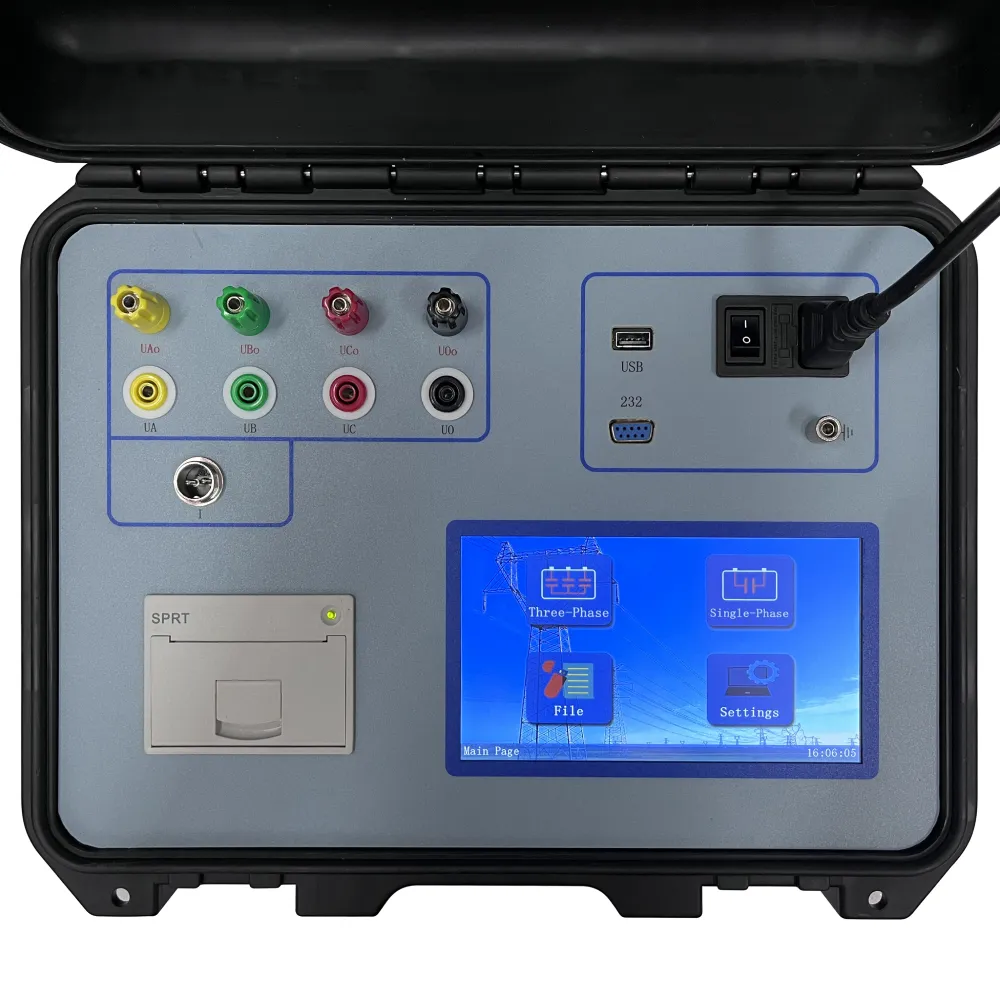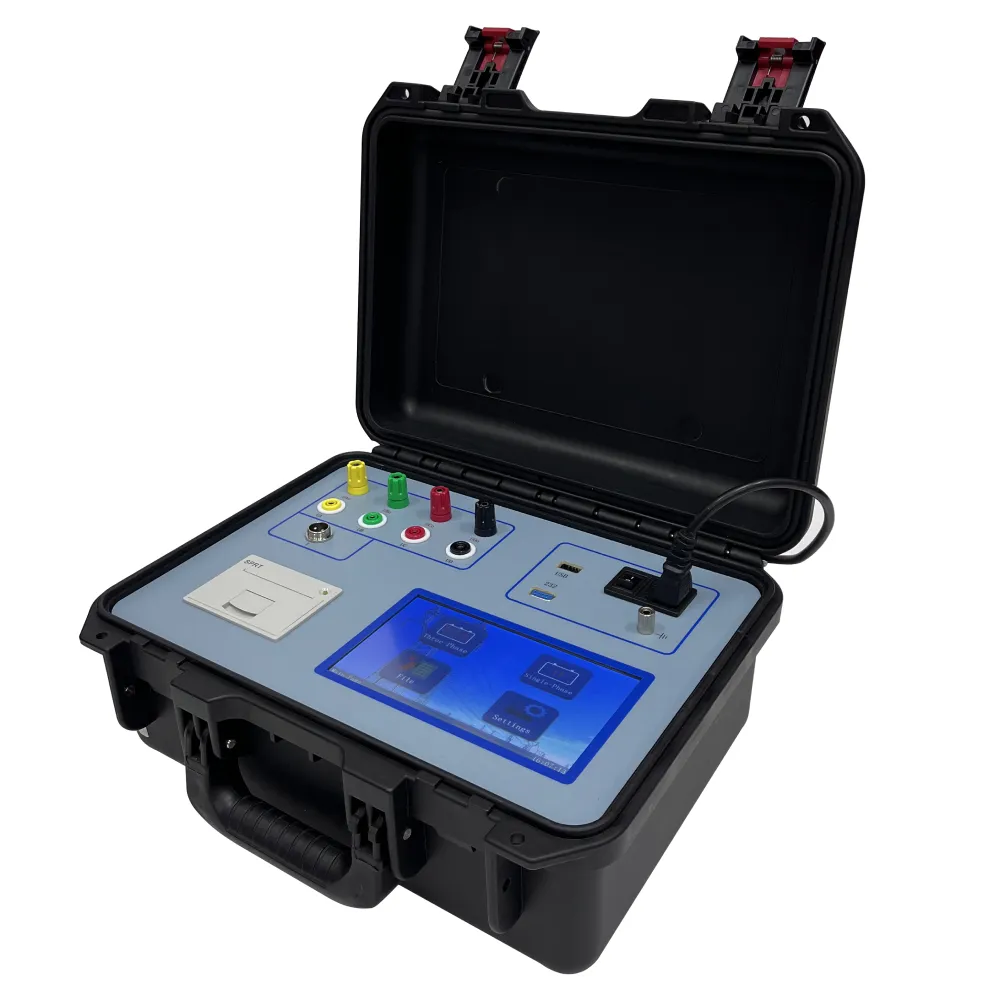TEL:
+86-0312-3189593
 English
English

Telephone:0312-3189593

Email:sales@oil-tester.com

-
 Afrikaans
Afrikaans -
 Albanian
Albanian -
 Amharic
Amharic -
 Arabic
Arabic -
 Armenian
Armenian -
 Azerbaijani
Azerbaijani -
 Basque
Basque -
 Belarusian
Belarusian -
 Bengali
Bengali -
 Bosnian
Bosnian -
 Bulgarian
Bulgarian -
 Catalan
Catalan -
 Cebuano
Cebuano -
 China
China -
 China (Taiwan)
China (Taiwan) -
 Corsican
Corsican -
 Croatian
Croatian -
 Czech
Czech -
 Danish
Danish -
 Dutch
Dutch -
 English
English -
 Esperanto
Esperanto -
 Estonian
Estonian -
 Finnish
Finnish -
 French
French -
 Frisian
Frisian -
 Galician
Galician -
 Georgian
Georgian -
 German
German -
 Greek
Greek -
 Gujarati
Gujarati -
 Haitian Creole
Haitian Creole -
 hausa
hausa -
 hawaiian
hawaiian -
 Hebrew
Hebrew -
 Hindi
Hindi -
 Miao
Miao -
 Hungarian
Hungarian -
 Icelandic
Icelandic -
 igbo
igbo -
 Indonesian
Indonesian -
 irish
irish -
 Italian
Italian -
 Japanese
Japanese -
 Javanese
Javanese -
 Kannada
Kannada -
 kazakh
kazakh -
 Khmer
Khmer -
 Rwandese
Rwandese -
 Korean
Korean -
 Kurdish
Kurdish -
 Kyrgyz
Kyrgyz -
 Lao
Lao -
 Latin
Latin -
 Latvian
Latvian -
 Lithuanian
Lithuanian -
 Luxembourgish
Luxembourgish -
 Macedonian
Macedonian -
 Malgashi
Malgashi -
 Malay
Malay -
 Malayalam
Malayalam -
 Maltese
Maltese -
 Maori
Maori -
 Marathi
Marathi -
 Mongolian
Mongolian -
 Myanmar
Myanmar -
 Nepali
Nepali -
 Norwegian
Norwegian -
 Norwegian
Norwegian -
 Occitan
Occitan -
 Pashto
Pashto -
 Persian
Persian -
 Polish
Polish -
 Portuguese
Portuguese -
 Punjabi
Punjabi -
 Romanian
Romanian -
 Russian
Russian -
 Samoan
Samoan -
 Scottish Gaelic
Scottish Gaelic -
 Serbian
Serbian -
 Sesotho
Sesotho -
 Shona
Shona -
 Sindhi
Sindhi -
 Sinhala
Sinhala -
 Slovak
Slovak -
 Slovenian
Slovenian -
 Somali
Somali -
 Spanish
Spanish -
 Sundanese
Sundanese -
 Swahili
Swahili -
 Swedish
Swedish -
 Tagalog
Tagalog -
 Tajik
Tajik -
 Tamil
Tamil -
 Tatar
Tatar -
 Telugu
Telugu -
 Thai
Thai -
 Turkish
Turkish -
 Turkmen
Turkmen -
 Ukrainian
Ukrainian -
 Urdu
Urdu -
 Uighur
Uighur -
 Uzbek
Uzbek -
 Vietnamese
Vietnamese -
 Welsh
Welsh -
 Bantu
Bantu -
 Yiddish
Yiddish -
 Yoruba
Yoruba -
 Zulu
Zulu
sty . 29, 2025 05:45
Back to list
PUSH electric astm d92 open cup flash point tester Silicon nitride ignition head
Understanding the various types of transformer testing is crucial for professionals in the electrical and power engineering fields. Transformers are vital components in electrical grids, ensuring the proper transmission and distribution of electricity. Ensuring their reliability, efficiency, and safety through rigorous testing is paramount. This article will explore different transformer testing types, emphasizing real-world experience, expertise, authority, and trustworthiness to offer a comprehensive guide for industry professionals and stakeholders.
Special tests are designed to address specific operational or environmental factors that may not be covered fully by routine or type tests. Examples include impulse tests to simulate lightning strikes and partial discharge tests to examine insulation condition under stress. Impulse testing is particularly authoritative as it replicates the high-voltage conditions transformers might face during severe weather, offering a level of trust that the equipment can endure such events without failure. Real-world experience has demonstrated that transformers capable of withstanding these rigorous tests have significantly lower incidents of catastrophic failures, thus safeguarding infrastructure and financial investment. For professionals managing transformer testing, an acute understanding of the intricacies involved in these tests is non-negotiable. Practical experience coupled with a profound knowledge base can lead to insightful analysis and interpretation of test results, enabling more informed maintenance decisions. Furthermore, expertise in leveraging advanced diagnostic tools and techniques during transformer testing can enhance accuracy and reliability, reinforcing the trustworthiness of test outcomes. It's essential to note that maintaining credibility in transformer testing extends beyond technical proficiency. Stakeholders must also remain updated with evolving industry standards and integrate new technologies and methodologies into their testing regimes. Keeping abreast of advancements such as digital transformers and smart grid capabilities will not only ensure compliance but also position testers and manufacturers at the forefront of innovation in the electrical industry. In conclusion, transformer testing is a multifaceted process requiring a fine balance of real-world experience, technical expertise, authoritative methodologies, and trustworthy practices. By understanding and implementing comprehensive testing strategies, electrical professionals can ensure the reliability and safety of transformers, thus contributing positively to the stability and efficiency of power systems worldwide. This nuanced approach to transformer testing not only enhances the performance of electrical grids but also fortifies the reputation of manufacturers, consultants, and engineers dedicated to excellence in this field.


Special tests are designed to address specific operational or environmental factors that may not be covered fully by routine or type tests. Examples include impulse tests to simulate lightning strikes and partial discharge tests to examine insulation condition under stress. Impulse testing is particularly authoritative as it replicates the high-voltage conditions transformers might face during severe weather, offering a level of trust that the equipment can endure such events without failure. Real-world experience has demonstrated that transformers capable of withstanding these rigorous tests have significantly lower incidents of catastrophic failures, thus safeguarding infrastructure and financial investment. For professionals managing transformer testing, an acute understanding of the intricacies involved in these tests is non-negotiable. Practical experience coupled with a profound knowledge base can lead to insightful analysis and interpretation of test results, enabling more informed maintenance decisions. Furthermore, expertise in leveraging advanced diagnostic tools and techniques during transformer testing can enhance accuracy and reliability, reinforcing the trustworthiness of test outcomes. It's essential to note that maintaining credibility in transformer testing extends beyond technical proficiency. Stakeholders must also remain updated with evolving industry standards and integrate new technologies and methodologies into their testing regimes. Keeping abreast of advancements such as digital transformers and smart grid capabilities will not only ensure compliance but also position testers and manufacturers at the forefront of innovation in the electrical industry. In conclusion, transformer testing is a multifaceted process requiring a fine balance of real-world experience, technical expertise, authoritative methodologies, and trustworthy practices. By understanding and implementing comprehensive testing strategies, electrical professionals can ensure the reliability and safety of transformers, thus contributing positively to the stability and efficiency of power systems worldwide. This nuanced approach to transformer testing not only enhances the performance of electrical grids but also fortifies the reputation of manufacturers, consultants, and engineers dedicated to excellence in this field.
Latest news
-
Testing Equipment Industry Sees Major Advancements in 2025: Smart & Precision Technologies Lead the WayNewsJun.06,2025
-
Applications of Direct Current Generators in Renewable Energy SystemsNewsJun.05,2025
-
Hipot Tester Calibration and Accuracy GuidelinesNewsJun.05,2025
-
Digital Circuit Breaker Analyzer Features and BenefitsNewsJun.05,2025
-
Benefits of Real-Time Power Quality Monitoring Devices for Industrial EfficiencyNewsJun.05,2025
-
Earth Fault Loop Testing in High-Rise Building Electrical SystemsNewsJun.05,2025



